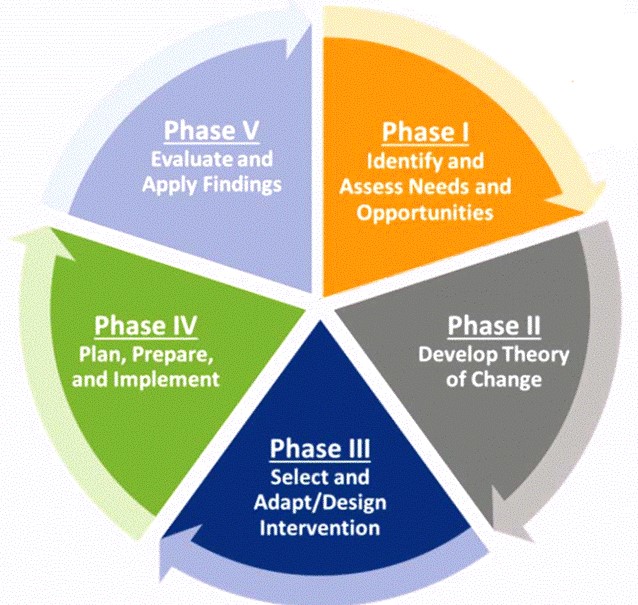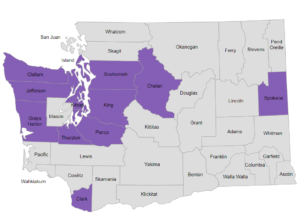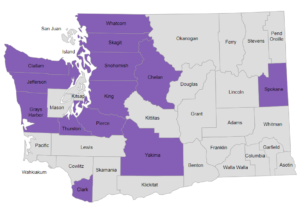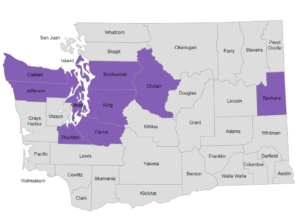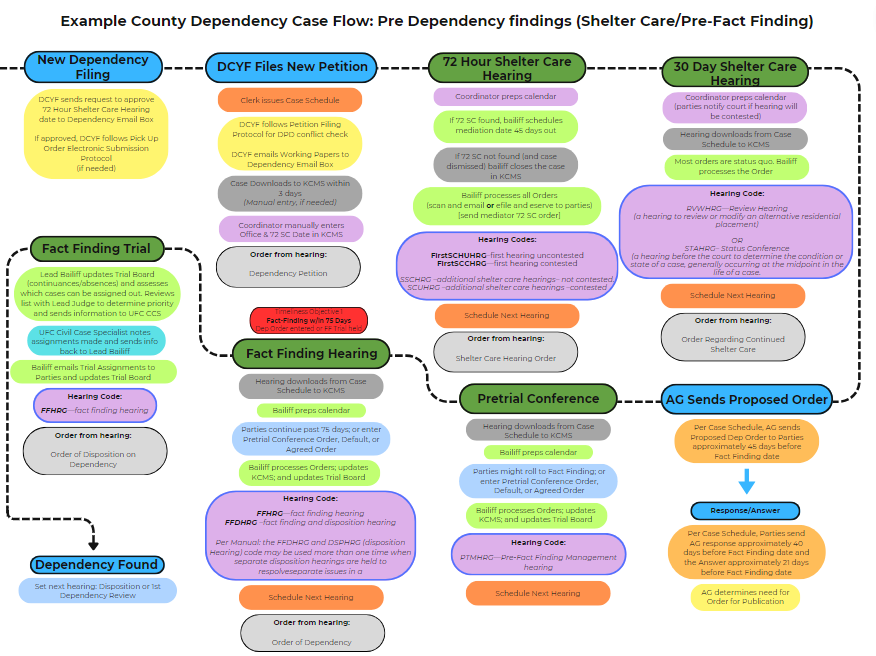Phase IV: Plan, Prepare and Implement
Milestones: Create and assess a strategy for implementation, develop tasks and timelines, develop plan to assess success at each step, and an appropriately scaled plan is documented.
In the Capacity Building Center for Courts pdf guide to Phase IV, you will find detailed questions and milestones beyond what we have included here. Instead we decided to focus on our race equity example, and the intervention we chose to focus on: changing our eligibility criteria from subjective to objective where possible.
Create and assess a strategy for implementation
We determined that we would be able to complete the needed research, critically analyze our eligibility criteria, and come back together as a group to share our findings one month from our meeting date. We also decided that we should ask a few more members to the team to be sure we are seeing the need from all views. We invited a parent attorney to join us, a peer ally, another SUD treatment provider and a member of the adult treatment court in our county who had worked on a similar intervention in their court.
Develop Tasks and Timelines
The new people were not given tasks prior to implementation. All other members were given a set of criteria from our original eligibility list and asked to develop a justification for including or not including each criteria.
At the end of the 1 month deadline we scheduled a 2 hour meeting of our full team to sort out and make decisions about what criteria to include. The coordinator would then be given the list and would make the necessary updates to the policy and procedures manual. This draft would be sent out to the team for proofreading (only of the changes section!) and approval.
The team decided to schedule a 30 minute meeting, via zoom, for all of our stakeholders at this point, as well as release a short newsletter, in order to make sure all of our referral sources were aware of the change. We would implement the change immediately at that meeting.
Develop a Plan to Assess Success at Each Step
We are fortunate to have our performance measures data to use as a “before change” data set. We decided to collect the same information 6 months after implementing our change and again after one year. We know our team has the capacity for this change because: (1) we checked in on this at every step (2) we made sure members of the team also serve on the operational team (3) we committed to a weekly check in on our local team for the first 6 weeks, then monthly thereafter. We thought this was important to monitor if there are any noticeable capacity changes that we might need to be aware of (sudden increase in participants above capacity, sudden decrease in participants).
Our team also decided to conduct exit surveys for any families that left the program (either graduation or other reasons for leaving) and specifically ask about the entrance requirements when they joined and how that impacted their experience. At the end of one year, we would conduct a survey with all of our participants about their experiences entering the FTC as well.
Conclusions: Phase IV
A fully developed plan for implementation shares the workload among team members, and also allows multiple stakeholder to see the plan and reasoning behind its implementation. Planning ahead for data collection and determination of success allows your team to troubleshoot along the way, as well as have concrete determination of success if your intervention works. Your team will feel more prepared going into the implementation stage of this intervention due to the preparation work you did prior to starting.

